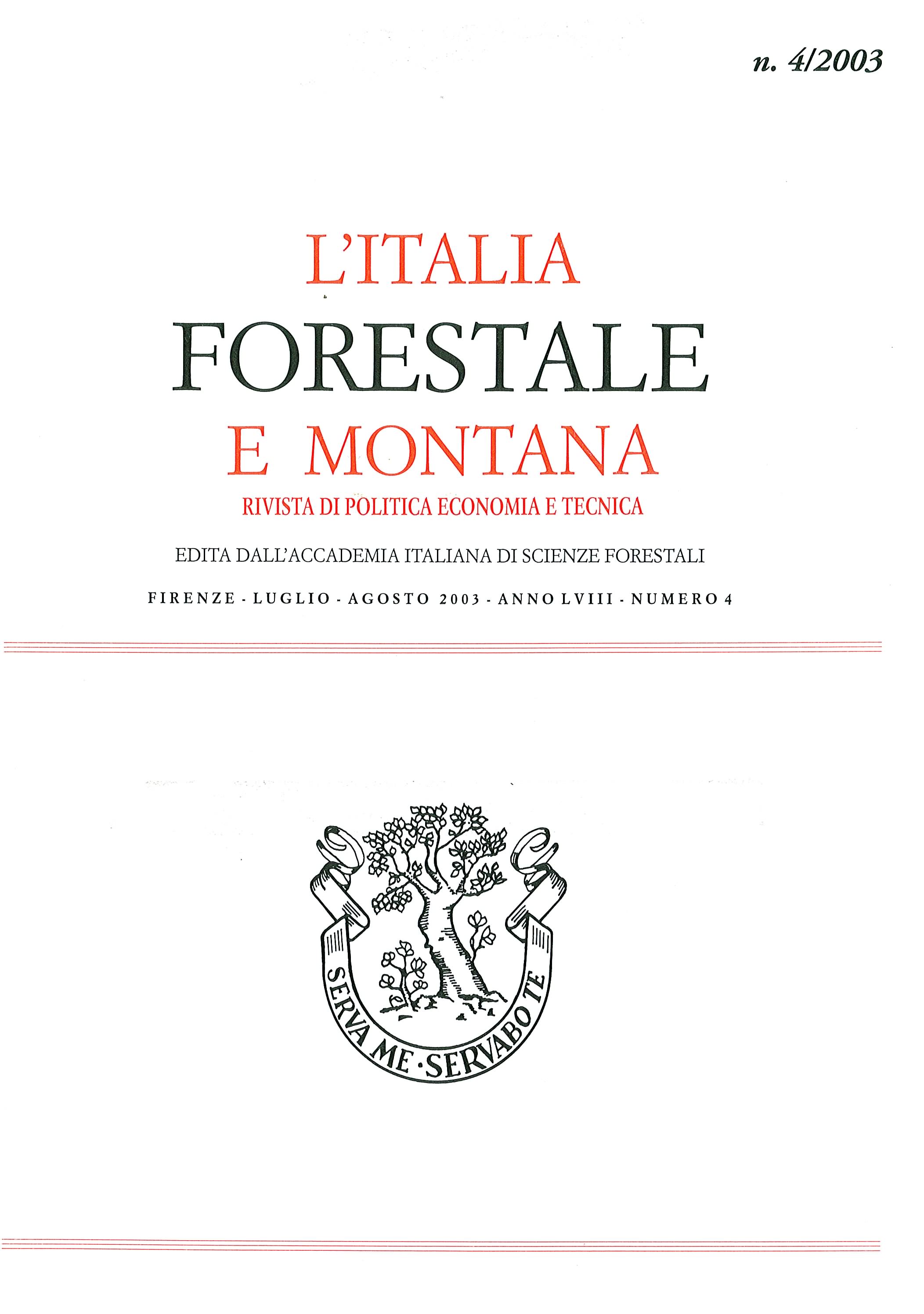Published 2003-08-29
Keywords
- remote sensing,
- forest ecosystems
Copyright (c) 2013 Italian Journal of Forest and Mountain Environments

This work is licensed under a Creative Commons Attribution-NonCommercial 4.0 International License.
Abstract
The increasing interest for the environment problems and climate changes turned the attention to forest ecosystems due their leading role in hydrological and biochemical processes. Both experimental and theoretical investigations pointed out that microwave remote sensing can give a significant contribution to the study of the parameters of arboreous vegetation. In this paper the main results concerning forest classification, and tree biomass, obtained by using both active and passive microwave sensors on forest sites, are shown. Studies carried out by our group on the experimental area of Montespertoli between 1990 and 1994 by means of SAR (Synthetic Aperture Radar), both installed on aircrafts (AIRSAR/JPL) and satellites (ERS e JERS), pointed out a good sensitivity of microwave signature to forest biomass, mainly at low frequencies (P and L bands). Another type of investigation was carried out by using the microwave radiometers of our group (L, C, X, Ku, and Ka bands) on June 1999 on six forest plots in Tuscany beech (Turkey oak, and holms oak). On these sites ground truth data were collected and made available by Tuscan Region within the framework of the European project (MONITO). From the analysis of data a fairly good capability of high frequencies in discriminating different types of forest as well as a good sensitivity of low frequency to forest biomass was pointed out.

